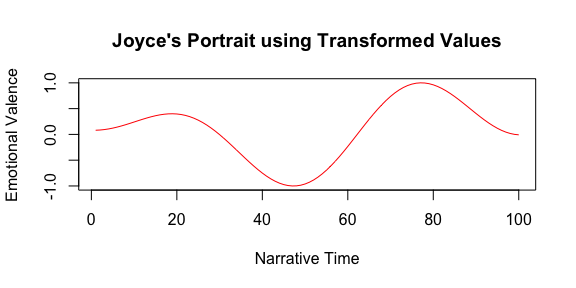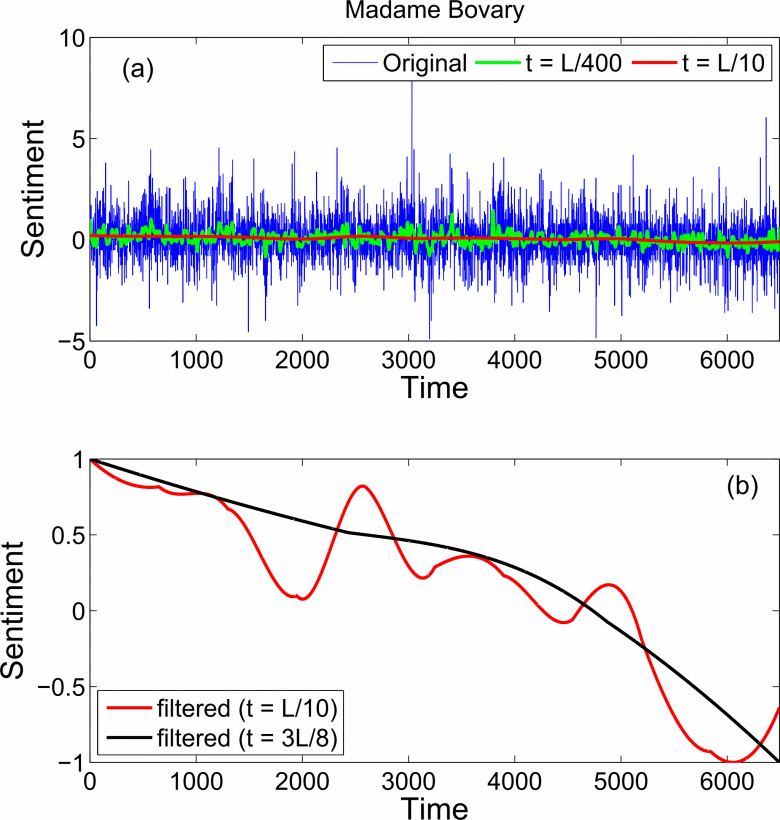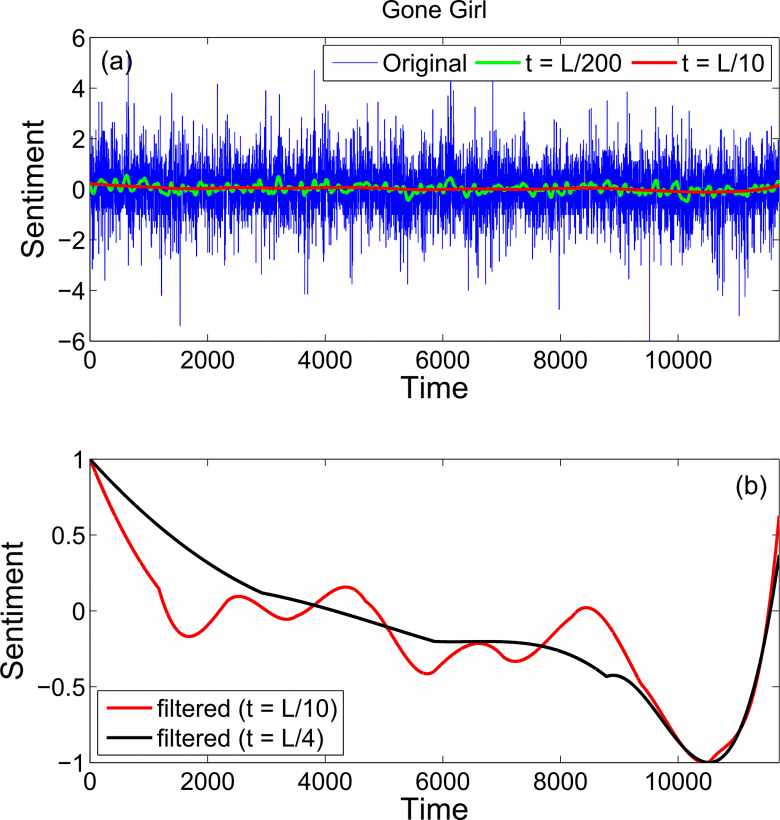[1] -1.50 -1.25 1.75Sentiment Analysis
Fall 2025
Sentiment analysis
- What is the sentiment of these reviews?
- “What can I say about the 571B Banana Slicer that hasn’t already been said about the wheel, penicillin, or the iPhone…. this is one of the greatest inventions of all time.”
- “By chance, I stumbled upon this glorious and assistive owners guide. It has more than just your average, run of the mill tips and tricks. It provided my wounded heart and weary spirit with a roadmap to facilitating positive change. In it I found a fresh perspective and countless renewed approaches for talking openly with my cat, sans hesitation.”
- Can we measure it automatically?
- One approach: categorize all sentiment into positive or negative
Sentiment dictionaries
One approach is to make a dictionary of words associated with each emotion:
Positive
- forgive
- ecstatic
- rejoicing
- champion
- resplendent
- …antiseptic?
Negative
- spurious
- nihilism
- frivolous
- outrage
- helpless
- …carnivorous?
From the NRC Word-Emotion Association Lexicon
Dictionary-based sentiment taggers
- Tokenize a document
- For each token, look it up in your dictionary
- Count the number in each dictionary category (positive or negative)
This produces a sentiment score.
But:
- No modifiers: “very bad” is the same as “bad”
- Often little nuance: “forgive” and “resplendent” are both +1
- No sarcasm
- Doesn’t understand structure: “I have never felt sad, nihilistic, or outraged” is negative, not positive
Extending sentiment taggers
There are ways to work around these issues:
- Make dictionaries that include phrases (“very good”, “gold star”, …)
- Do part-of-speech tagging and look for specific structures (“not good”, “very bad”, …)
- Try to estimate the positiveness or negativeness of words from data (instead \(\pm 1\))
- VADER implements some of these strategies (Hutto and Gilbert 2014)
A better approach is to use a language model that understands context, which we’ll discuss soon
Sentiment tagging
The syuzhet package implements simple sentiment analysis:
Sentiment trajectories
syuzhet can also be used for sentiment trajectories, measuring the development of sentiment sentence-by-sentence through a text

(from syuzhet vignette)
Could this measure narrative arcs, distinguishing tragedies from comedies from dramas?
Narrative arcs


(Gao et al. (2016), figs 1 and 2)
The controversy
- Jockers says he found “six or seven” unique trajectories that describe thousands of novels
- But there is some controversy over this trajectory idea
- Swafford (2015) says “the package does not work as advertised”
- We will explore this in the lab
Works cited
Gao, Jianbo, Matthew L. Jockers, John Laudun, and Timothy Tangherlini. 2016. “A Multiscale Theory for the Dynamical Evolution of Sentiment in Novels.” In 2016 International Conference on Behavioral, Economic and Socio-Cultural Computing (BESC). https://doi.org/10.1109/BESC.2016.7804470.
Hutto, C., and Eric Gilbert. 2014. “VADER: A Parsimonious Rule-Based Model for Sentiment Analysis of Social Media Text.” In Proceedings of the International AAAI Conference on Web and Social Media, 8:216–25. 1. https://doi.org/10.1609/icwsm.v8i1.14550.
Swafford, Annie. 2015. “Problems with the Syuzhet Package.” https://perma.cc/TYT3-5DTU.